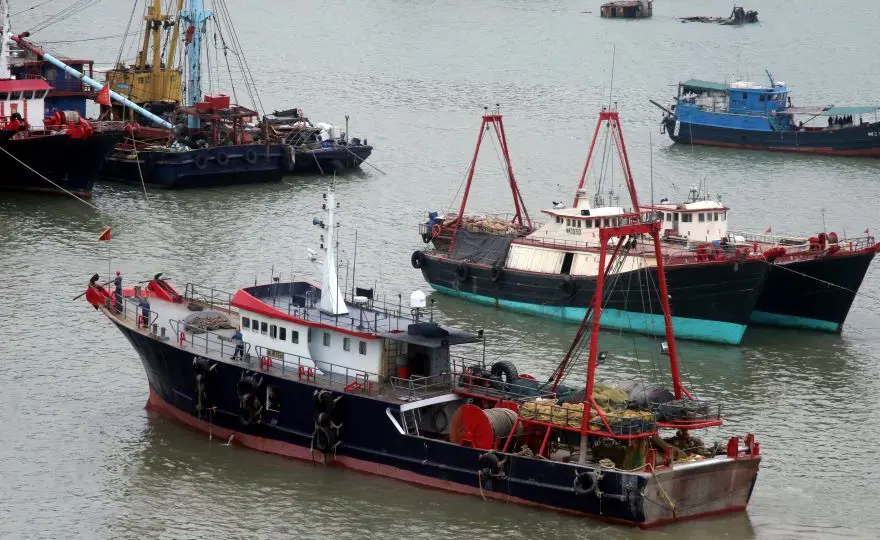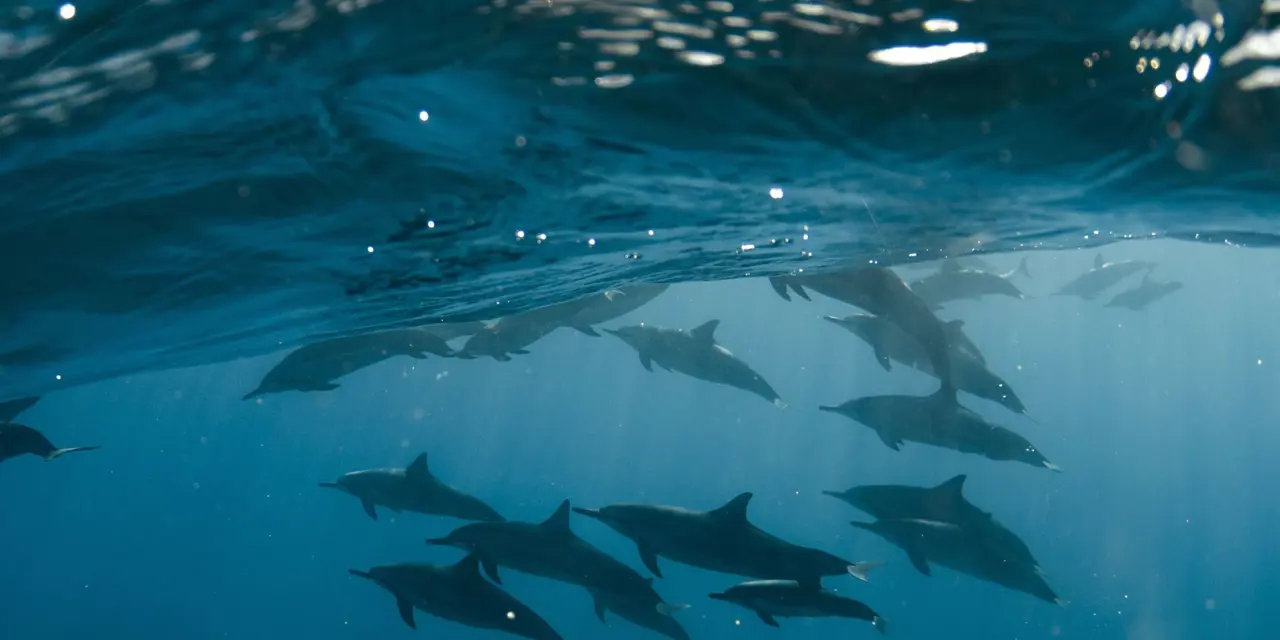ClientEarth Communications
28th March 2025


At a time when the world faces interconnected climate, nature-loss and pollution crises, the ocean’s role has never been more critical in securing a livable future. Yet, Europe’s seas are at a tipping point and threats like destructive fishing, pollution and climate change are making things worse. Could the upcoming European Ocean Pact help us bring them back from the brink?
The EU controls the world’s largest maritime territory, and almost half of its population lives within 50 km of a coastline.
Yet, over 90% of Europe’s marine area is over-exploited by human activities, while invasive alien species, rising temperatures, and pollution are pushing the ocean to the brink.
Over the years, the EU has rolled out several strategies and action plans meant to protect the sea and the coastal communities who depend on it. These plans have so far failed to lead to meaningful progress. The reason? A lack of policy coherence, poor implementation and fragmented governance. Until now.
The proposed European Ocean Pact is a political initiative announced by European Commission President Ursula von der Leyen. It represents a significant opportunity to halt pollution, reverse biodiversity loss, address climate change and increase the resilience of the ocean and that of coastal communities.
The promise of this Pact is simple yet ambitious: to bring about a broader, integrated and holistic approach to ocean governance that spans all sectors.
This is urgently needed - because a thriving ‘blue economy’ depends upon healthy marine ecosystems. Without fish, there are no fishers, without clean and healthy waters, there is no blue tourism. In the context of increasing insecurity, marine health is an essential contributor to economic resilience and political stability.
The ocean is essential for stabilizing our climate, regulating global temperatures, and preventing extreme weather. It provides at least half of the oxygen we breathe and absorbs 90% of atmospheric CO2, helping to slow climate change. It's a vital source of nutrition, with fisheries and aquaculture feeding billions worldwide. The ocean also holds vast potential for renewable energy, from offshore wind to tidal and wave power. Coastal communities rely on it for jobs, tourism, and sustainable livelihoods. Protecting the ocean means protecting our future.
In short, a healthy ocean means a healthier future for everyone.

The Ocean Pact is a once-in-a-generation opportunity to bring our ocean back to life, protect and restore struggling fish stocks and ecosystems, and help coastal communities decarbonise - and thrive. What we need most is political ambition and commitment - strong laws are already in place, they just need to be properly implemented and enforced so that protection on paper means protection in reality.
If they're to tackle this challenge, the EU must recognise that there is no competitive economy in a polluted environment, amid nature crisis and climate chaos. Thus, the European Ocean Pact's core priority must be the achievement of healthy, clean and resilient marine ecosystems, and it must ensure that economic activities at sea do not come at the cost of nature’s resilience.
We have identified 3 strategic priorities for an effective Ocean Pact:
1. Advancing Ocean Governance
The EU Oceans Pact must enhance compliance with existing maritime-related regulation across national, international and European levels, with a particular focus on the Common Fisheries Policy (CFP) and Nature Restoration Regulation.
Implementation, control and enforcement of existing regulations - rather than a revision - is crucial to the EU’s transition to low-impact blue economy and a healthy ocean.
2. Legally binding targets and coherence
A comprehensive roadmap with clear timelines and legally binding targets must be developed to strengthen policy coherence across ocean sectors. Inconsistencies between environmental and sectoral policies must be addressed. This is vital to building a sustainable, low-impact blue economy and ensuring long-term compliance, effectively protecting marine ecosystems and reducing marine pollution.
3. Just transition
The EU Oceans Pact should ensure a just transition to a low-impact and regenerative ‘blue economy’ that respects ecological limits, promotes low-impact and regenerative activities, ensures sustainable livelihoods, supports social justice, health, and well-being of coastal communities.
This can be achieved with the support of an EU Ocean Fund and a comprehensive action plan.
The 53 policy proposals featured in our joint Blue Manifesto can represent a Blueprint for the European Oceans Pact, as only a healthy ocean can be the cornerstone upon which resilient and competitive economies can be built and the well being of coastal communities guaranteed.
Available resources:
Our submission to the EU Ocean Pact call for evidence